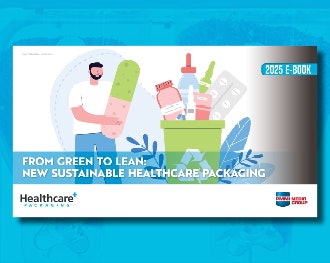Key takeaways:
- The FDA introduces PreCheck, a two-phase initiative to expedite the development and approval of new U.S.-based pharmaceutical manufacturing facilities.
- The program aims to provide manufacturers with earlier regulatory input and streamlined communication.
- The advantages of faster facility readiness is that it increases the likelihood of a more rapid conversion of capital in U.S. investments into operating capacity.
The Food and Drug Administration (FDA) has introduced FDA PreCheck, a two-phase initiative to expedite the development and approval of new U.S.-based pharmaceutical manufacturing facilities. Designed to bolster the domestic drug supply chain, the program aims to provide manufacturers with earlier regulatory input and streamlined communication.
Currently more than half of US drugs are manufactured overseas and only 11% of APIs are produced in the U.S., according to the FDA’s statement.
The program responds to Executive Order 14293, which streamlines regulatory requirements and encourages domestic drug manufacturing through enhanced regulatory support.
Program phases
The Facility Readiness Phase provides drug manufacturers with frequent communication with the FDA during key development stages of a new manufacturing plant—including facility design, construction, and pre-production.
Phase two, the Application Submission Phase, focuses on increasing the effectiveness of regulatory filings with pre-applications and early feedback. More open dialogue with the FDA will allow manufactures to better understand FDA expectations, avoiding delays.
How PreCheck effects manufacturers
Chris Fanelli, partner at Sidley law firm and former FDA enforcement lawyer, says he sees this program benefiting all sizes of manufacturers, but barriers like capital, construction, and workforce still exist.
“Even with the PreCheck program, establishing new manufacturing facilities in the U.S. requires significant capital investment, Fanelli says. “Further, readying new sites for commercial manufacturing is never a sure thing. The PreCheck program is a welcome development, but it does not guarantee approval.”
While the program isn’t a cure-all, Anshul Mangal, CEO of Project Farma, says the advantages of faster facility readiness is that it increases the likelihood of a more rapid conversion of capital in U.S. investments into operating capacity.
“The real innovation of PreCheck lies in the predictability it provides developers,” Mangal says. “While investors and pharma boards are deciding where to deploy tens of billions in investment, regulatory clarity reduces the perceived risk and could unlock more aggressive domestic investment decisions. PreCheck functions as a fast lane and acts as a market signal that the FDA and regulatory environment are aligning with industry capital flow.”























